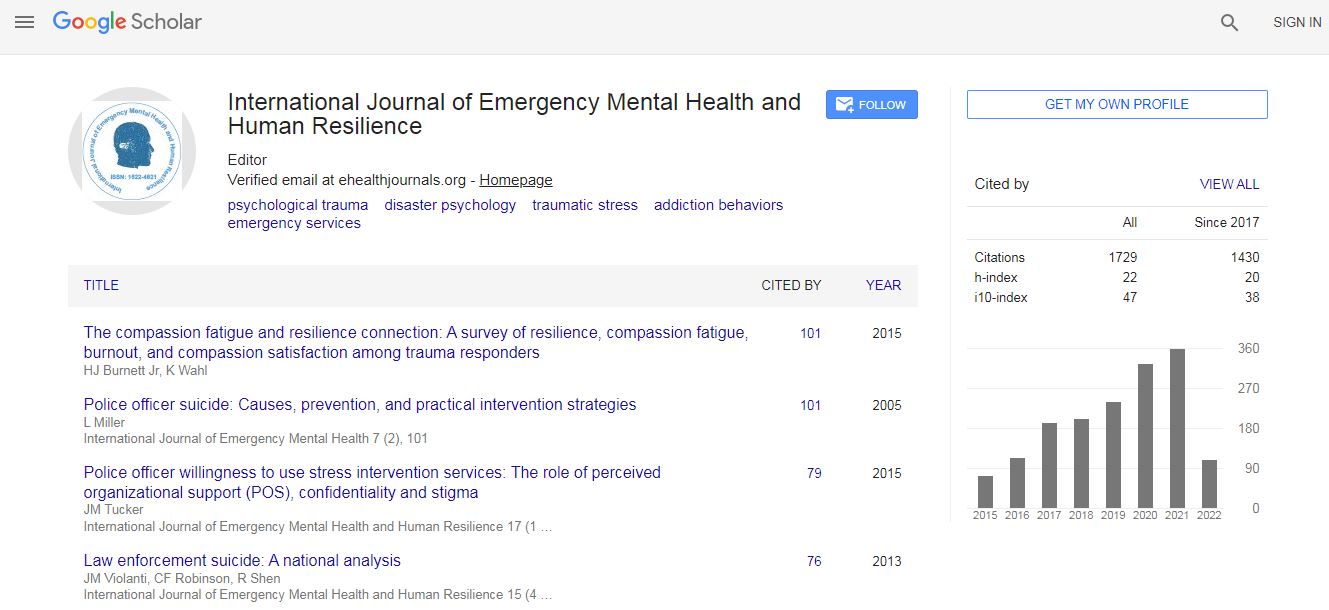Research Article
Does Marriage Explain Murders in a Society? In What Way is Divorce a Public Health Concern?
Paul Andrew Bourne*1, Angela Hudson-Davis2, Charlene Sharpe-Pryce3, Jeffery Clarke4, Ikhalfani Solan5, Joan Rhule4, Cynthia Francis4, Olive Watson-Coleman6, Anushree Sharma7, Janinne Campbell-Smith8, Topaz Allen9
1Socio-Medical Research Institute, Jamaica
3Department of History, Northern Caribbean University, Mandeville, Jamaica
4University of Technology, Jamaica
5Department of Mathematics and Computer Science, South Carolina State University, USA
6Southern Connecticut State University, USA
7IIS University, Jaipur, India
8Cable and Wireless Company Limited, Jamaica
Abstract
Introduction: Like medicine, public health practitioners seek to understand causes of mortality, practices of humans and issues that can change population conditions, in order to preserve and care for life. The murder pandemic has been such in Jamaica that the World Bank sponsored a qualitative study on crime in urban areas in Jamaica in the late 1990s to provide a platform to guide policy intervention and programmes. As a result this study will fill the gap in the literature by providing the evidence to support that divorce and marriage are public health concerns from the perspective of murders. Objective: To evaluate the role of divorce and marital relationships on murders. Materials and methods: The data for this study are taken from various Jamaica Government Publications. The period for this work is from 1950 through 2013. Data were recorded, stored and retrieved using the Statistical Packages for the Social Sciences (SPSS) for Windows, Version 21.0. The level of significance that is used to determine statistical significance is less than 5% (0.05). Ordinary least square (OLS) regression analyses and curve estimations were used to determine models and best fitted models. Results: On average, annually, 523 Jamaicans are murdered (? 484), with there being 9,531 marriages (?22,747) and 904 divorces (?468). Logged marriage rate and divorce rate are factors of murder rate, with both independent factors accounting for 82.2% of the variability in the murder rate. Both factors are positively correlated with the murder rate, with the divorce rate accounting for most of the variance in the murder rate (R2 = 79.2%). Conclusion: Death can be extremely devasting to families, however, murder among married couples can severely disrupt the lives of both families along with any children from such relationship.

 Spanish
Spanish  Chinese
Chinese  Russian
Russian  German
German  French
French  Japanese
Japanese  Portuguese
Portuguese  Hindi
Hindi 